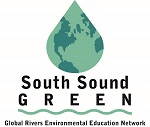Submitted by South Sound GREEN
In the face of COVID-19 and recent stay at home order, parents and guardians may find themselves looking for activities that not only keep students engaged, but also provide information about local environmental science and concerns. In our South Sound GREEN Home Based Science Project series, we will introduce and demonstrate various hands-on and at-home activities for children of all ages to do either indoors or outside!
![]() This time, we’re learning about wildfires, smoke, and air quality!
This time, we’re learning about wildfires, smoke, and air quality!
Air Quality Antics
Grade Level: 3rd-5th
- Clear jar
- Rubber or plastic toy (like a rubber ducky!)
- Tape
- Hot water
Background
You may have noticed a lot of smoke in the air recently. This smoke is coming from wildfires throughout our state, but sometimes smoke can originate from other states or Canada and still reach South Sound. But how do these fires start, and how does smoke affect air quality?
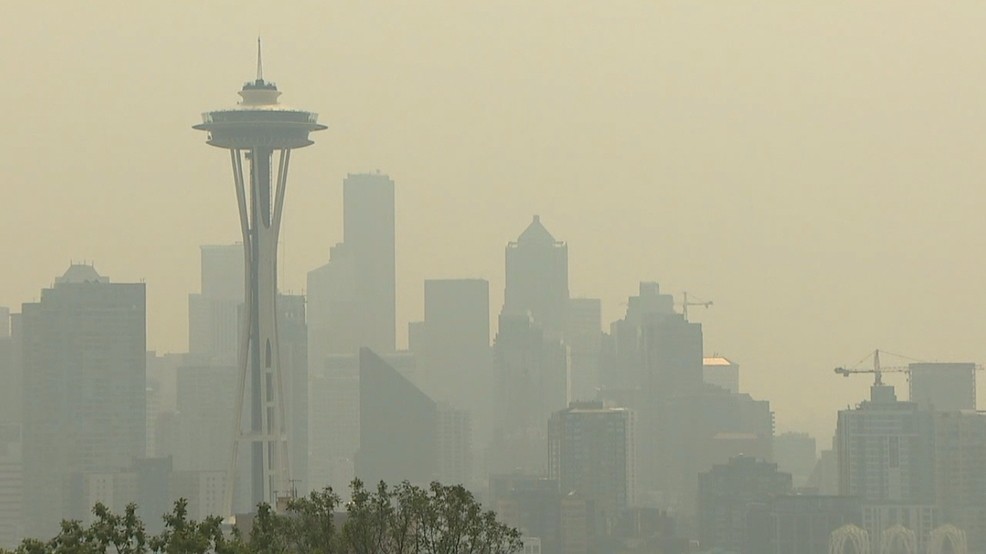
Before we get into air quality, it’s important to note that fire is a natural and important environmental process. Long before humans ever arrived in what we now refer to as Washington state, fires were a common occurrence. The most common cause of natural fires is lightning, with volcanic activity also being able to start fires. Our climate, which is typically dry for most of the summer months, and our vegetation, which includes dense forests and plant coverage, creates ideal conditions for fires to spread once they are started. But, contrary to popular belief, not all fires are bad!
Fire is important for keeping certain ecosystems alive. For example, the South Sound prairies, a very rare ecosystem that was created by retreating glaciers 15,000 years ago, would be transformed into forests without the presence of wildfires. Fires like these destroy new tree growth while native prairie plants, like camas, are able to survive. For thousands of years, Native American tribes living on South Sound prairies have intentionally started controlled wildfires to allow for camas, an important food source, to grow. Today, prescribed burns are done safely and intentionally to manage certain environments and ecosystems.
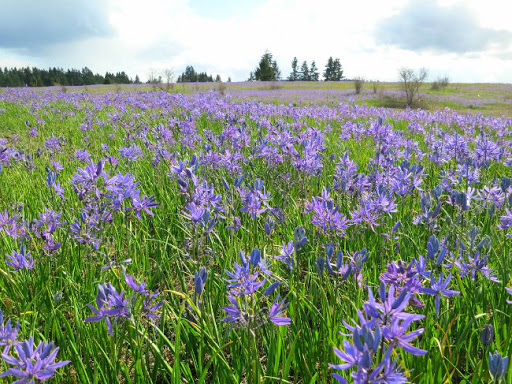
However, when wildfires occur unintentionally or naturally, they can be very dangerous. Apart from destruction from the fires themselves, another way fires are dangerous is how they impact air quality by creating smoke. Inhaling smoke can be harmful, especially if you already have a medical condition or if there is a lot of it, and you probably noticed poor air quality if you went outside at all last week. You can check the Air Quality Index to see whether it is safe or advisable to play outside when there’s a lot of smoke, but if you want to see how smoke affects air quality from the comfort of your home, try the activity below!
Procedure
- This activity does NOT use any real fire. Please do not light fires on your own for any reason!
- For our air quality experiment, we are going to use a clear jar (preferably glass) as our “air”. This is your “air quality jar”. Tape a small plastic or rubber toy inside the jar so that you can observe changes to your “air quality”. At first, you’ll notice the toy is perfectly clear, just as if there was no smoke in the air and the air quality was good!
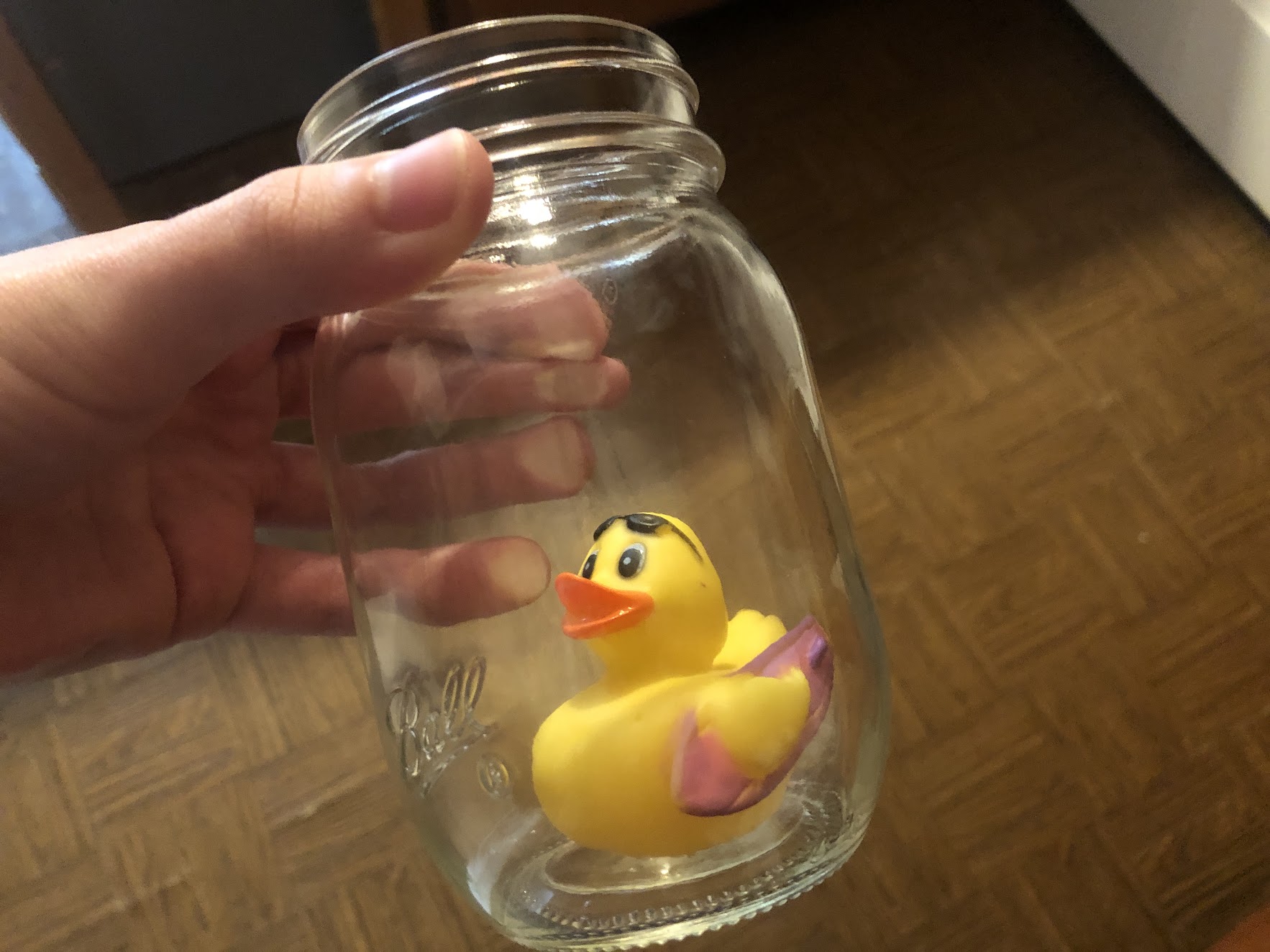
- Now, we are going to add “smoke” to our jar, but instead of fire, we are going to use another, safer source: water! Have a parent or guardian boil some water, or turn on a hot shower. When the water boils, pour the water into a mug or glass (not the one with your toy in it!). Turn your air quality jar upside-down and place it over the jar. If you’re using a hot shower, place the air quality jar upside-down above the water so that your jar isn’t getting wet. What happens?
- Your jar will fill with steam! While this steam is different from smoke, it acts in a similar way. Hot air will rise compared to cold air, so when there is a lot of smoke from wildfires, it tends to rise high in the air. Then, with the smoke high in the sky, wind can blow the smoke all around. This is how smoke from fires in Oregon or Canada can make it all the way to Washington! Steam also rises, and should fog up the inside of your air quality jar. Look at your toy now – it should be harder to see, which is an indicator of poor air quality.
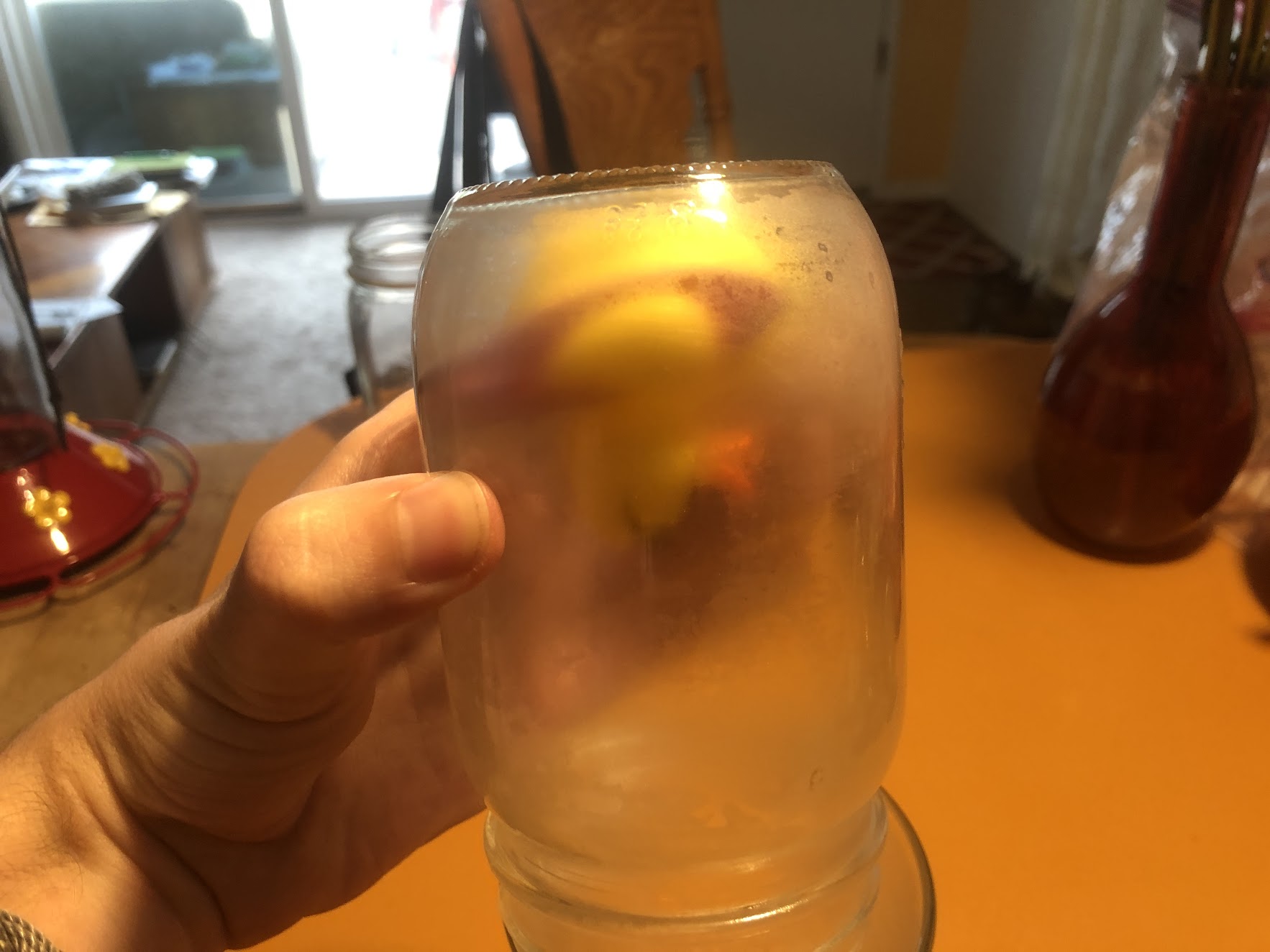
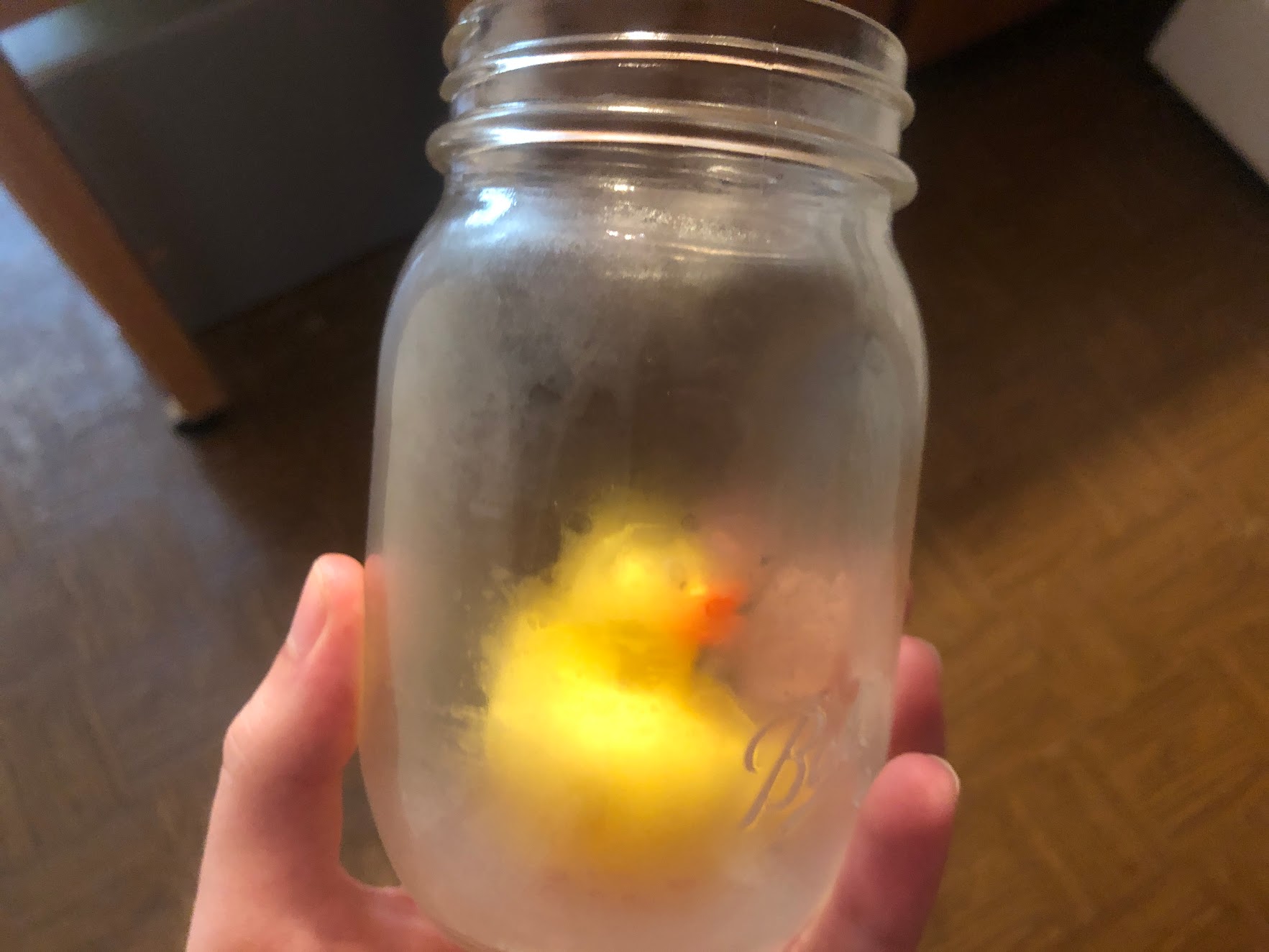
- One way that poor air quality can improve is through rain. Smoke that rises high in the air can stay there for a long time, but rain can catch and knock down the tiny smoke particles (or pieces) and make the air clearer. Try this with your air quality jar by turning the jar right-side-up and placing it under a dripping sink or shower. As the water drips down the side of your air quality jar, it should clear away the “smoke”!
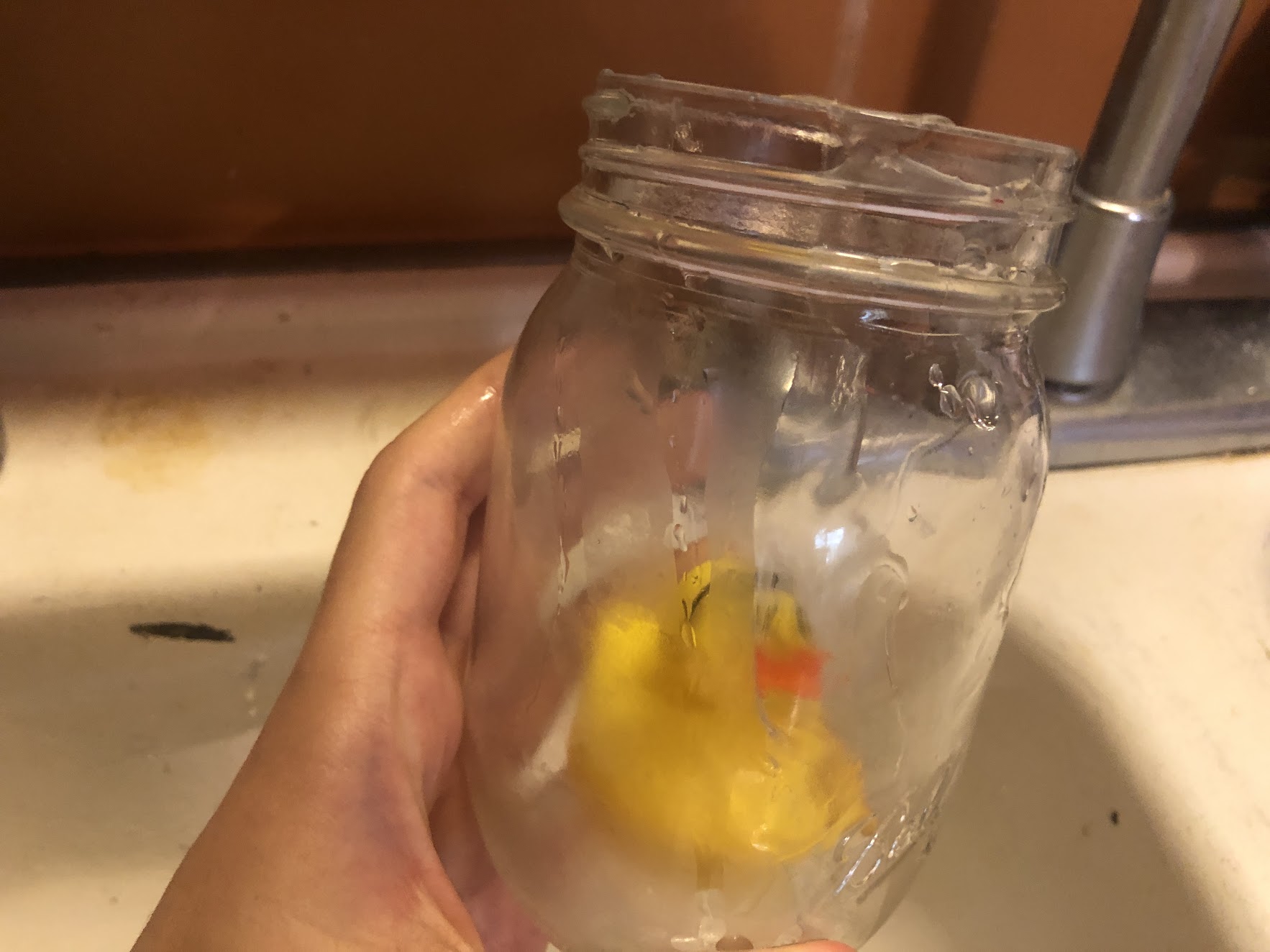
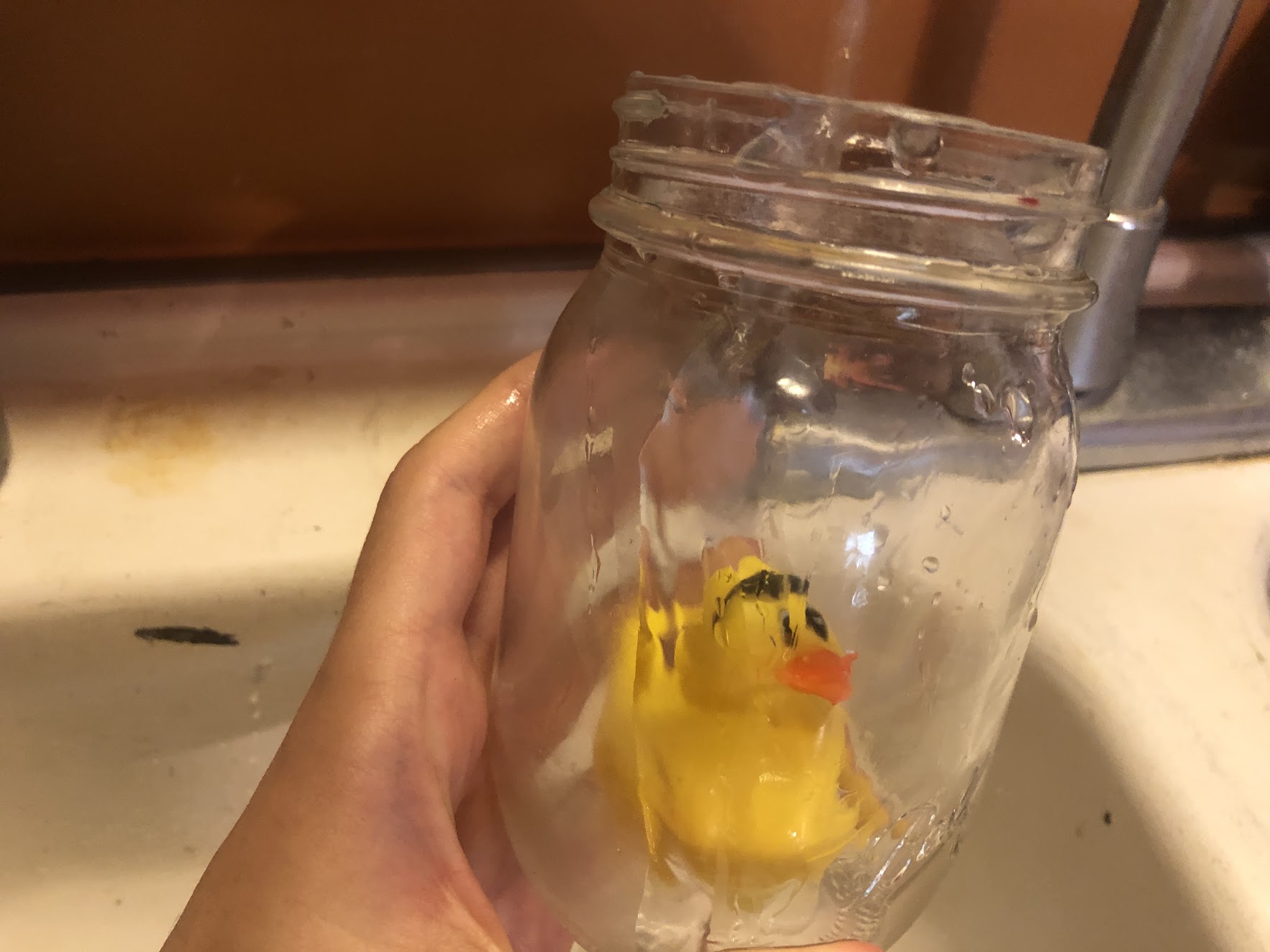
Vocabulary
- Air Quality: How clean or dirty the air is. Air quality can be poor if there is smoke in the air.
- Camas: A native plant that produces an edible bulb. Traditionally, it has been an important food source for Native Americans.
- Prescribed Burn: The intentional burning of an outdoor area, with safety measures and precautions taken to make sure that the fire does not get out of control. These burns can help manage ecosystems and keep certain species alive.
- Wildfire: A fire that spreads through wooded areas. These can be caused from natural causes or by humans, and can be destructive and difficult to control.
Keep Learning
- As mentioned above, check the Air Quality Index to see if the air quality is good enough to spend time outside. If it looks bad in your area, try to stay inside as much as possible.
- The FireWise program from the National Fire Protection Association can help prepare you and your home for fires and provides information on what to do in the event of a fire.
- Our local fire department has a lot of great resources about fire safety and prevention! You can find these resources at any local fire station, such as the Downtown Olympia Fire Department Station!
- StreamTeam is hosting a discussion on wildfires on November 6th as part of their Climate Conversations series. Find more information about this event and learn about other StreamTeam events on their website.
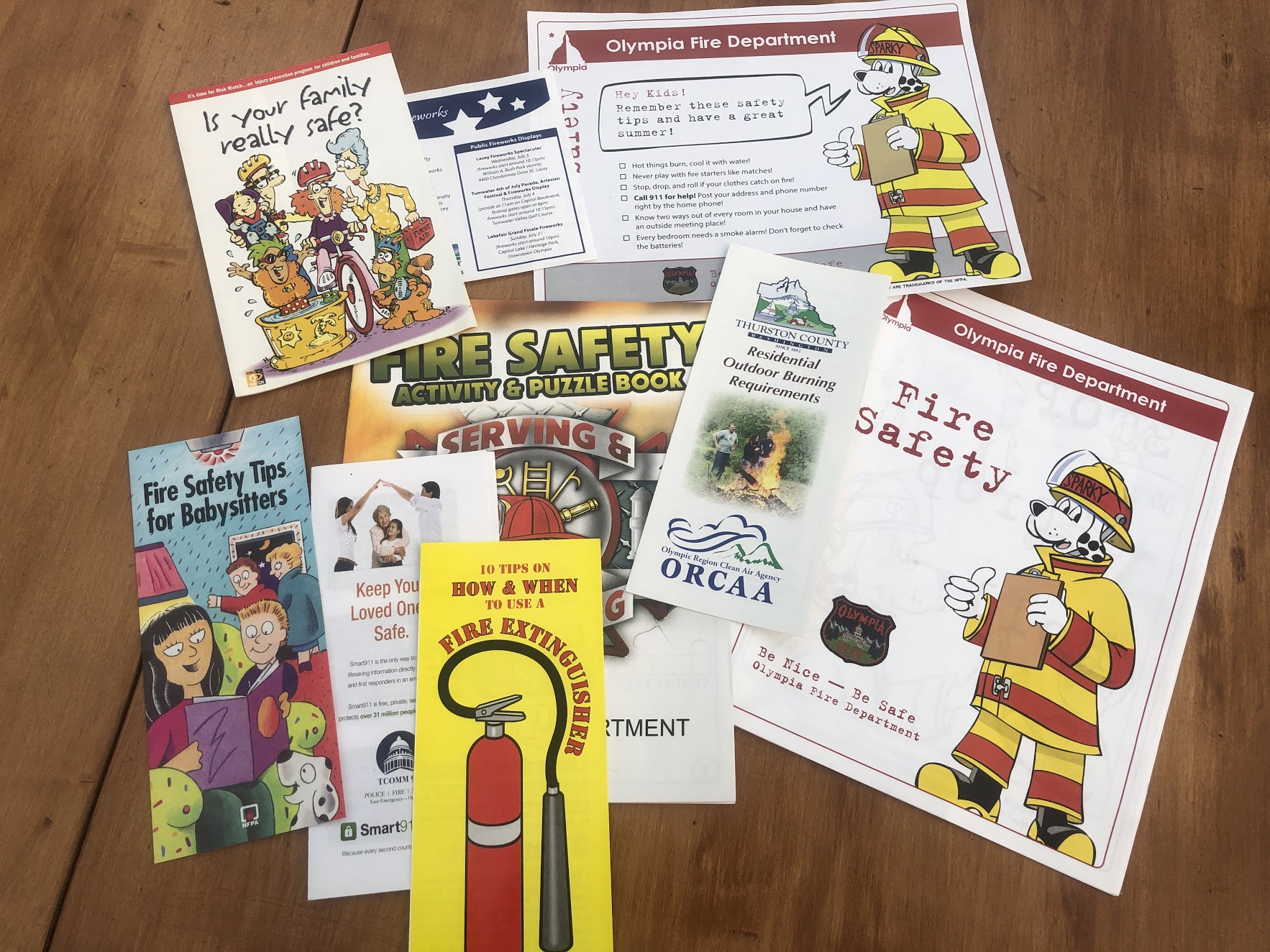
- Share your air quality jars with us on Instagram! Use the hashtag #GREENfromhome or find us at @southsoundgreen.
South Sound GREEN (Global Rivers Environmental Education Network) is a watershed education program in Thurston County that educates, empowers and connects thousands of local students in watershed studies annually. Through South Sound GREEN, participants engage in science and engineering practices related to water quality in South Sound. For more information, visit southsoundgreen.org.









































